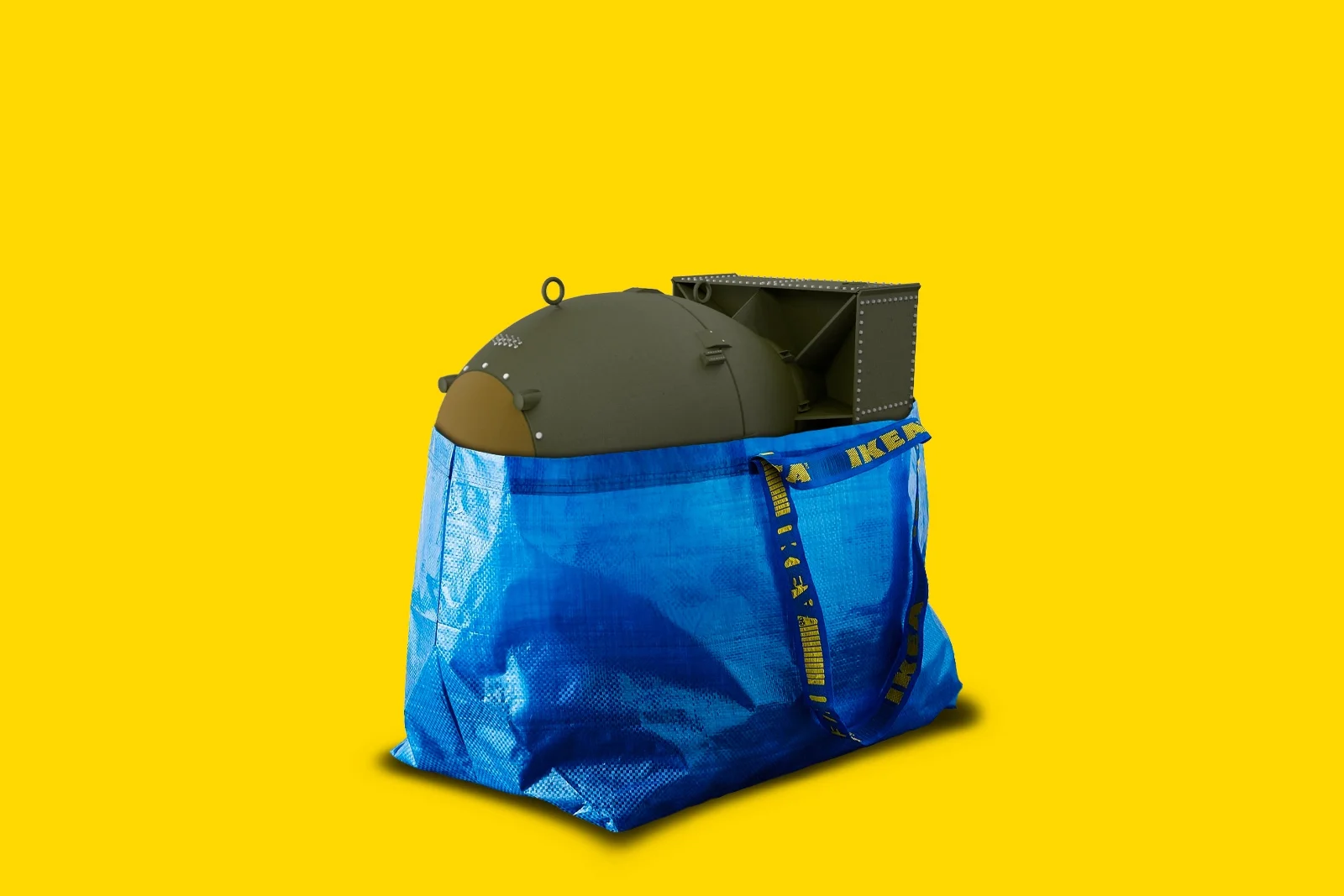
How to Deter a Bully Without a Nuke: Ask Sweden
Sweden entered NATO as a technologically sophisticated state with a world-class defense sector—Saab among its crown jewels—and a sober view of the threat from Moscow. Stockholm has deepened cooperation with allies and deployed forces from Afghanistan to Africa. Yet the larger question now is both historical and strategic: in an era of renewed great-power rivalry, alliance rifts, and rapid remilitarization, how should Sweden design a deterrent for itself and for Northern Europe, the hinge between the Baltic Sea and the Arctic?
Sweden’s Nuclear Program, Remembered—and Retired
The shadows of Hiroshima and Nagasaki fell long across postwar Europe. In that light, Sweden’s National Defense Research Agency (FOA) sketched plans for a weapons program. By the mid-1950s, FOA scientists had drawn up enrichment blueprints aimed at enabling a stockpile that might reach 100 warheads. Neutrality during both world wars had been a strain; Stockholm concluded that preserving it would require more than moral resolve. It would require hard power and sustained investment.
The politics were complex. U.S. export restrictions during the Cold War hampered access to sensitive technologies and materials. Rather than depend on restricted uranium imports, Swedish scientists explored heavy-water pathways to use natural, unenriched uranium. At home, parties split over whether to cross the nuclear threshold; conservatives were the most consistently supportive, while opposition parties and much of the public were skeptical. The effort itself remained compartmentalized—known to a tight circle of scientists, politicians, and military commanders.
By the late 1950s, pressure mounted. The Federation of Social Democratic Women (SSFK) and elements of the military warned that a weapons push would force deep trade-offs, including cuts to social services and even parts of the military. External pressure intensified as well, particularly from the United States. By the late 1960s, even as Sweden stood near the point of production, Stockholm stepped back. It signed the Nuclear Non-Proliferation Treaty in 1968 and, decades later, in 2012, transferred any remaining plutonium to the United States.
A Security Order in Flux
Russia’s full-scale war on Ukraine and routine nuclear saber-rattling punctured Sweden’s two centuries of neutrality. Alongside Finland, Stockholm abandoned the old posture and sought NATO membership—eliciting new threats from Moscow. Nor is Ukraine necessarily the terminus of the Kremlin’s ambitions. A tightening Russia–China alignment and wavering U.S. focus on Europe could erode Northern Europe’s security assumptions and concentrate minds in Stockholm.
The Arctic is where strategy becomes geography. Russian and Chinese activity across the high north threatens Sweden’s northern flank and alarms Finland, Denmark, and Norway. Sweden trains with its neighbors in severe-weather exercises such as Cap in the North. But a coherent allied strategy could still collide with politics: a shifting American stance toward the alliance and U.S. President Donald Trump’s reluctance to sanction or even criticize Russia, or to sustain large troop presences on the continent.
Stockholm joined NATO at a moment of rare cohesion. That window may not stay open. To credibly deter in the Baltic and on the Arctic shelf, Sweden needs a plan that survives allied turbulence and domestic budget cycles alike.
Deterrence by Sharing, Not by Building
The case for a revived Swedish bomb is thin. Sweden is a leading EU state with a sophisticated defense industry and a long record of nonproliferation; restarting a national program would carry political and legal costs under the NPT and invite economic penalties. A better path is to deepen integration with allied nuclear postures—most plausibly through nuclear-sharing arrangements with the United Kingdom and France.
Such proposals have moved from theory to discussion in Europe: positioning British or French nuclear forces to cover key regions. But the math is unforgiving. The United States fields a far larger arsenal and deploys it flexibly around the globe. London and Paris operate much smaller forces—on the order of a few hundred warheads, most committed to sea-based deterrence to guarantee a retaliatory strike. Their margin for forward sharing is therefore narrow.
Still, there are steps short of basing warheads on Swedish soil that would matter. Increased port calls and patrols by British and French navies, including visits by ballistic-missile submarines, would signal resolve without degrading their own readiness. Coordinated with Stockholm, such movements would complicate Russian planning and dampen saber-rattling while preserving core missions in London and Paris.
The Nordic Shield
Sweden is also knitting itself into a layered regional defense. Together with Norway, Finland, and Denmark, it is building the Joint Nordic Air Command: a combined airpower enterprise that pairs Sweden’s JAS Gripen with the F-35 fleets of its neighbors. The result is more than a symbol. Networked sensors, shared bases, and common training can turn Northern Europe into a fortified shield—and a credible counter to Russian or Chinese probing in the Arctic and Baltic theaters.
That integrated approach complements, rather than replaces, an allied nuclear backstop. The logic is simple: strengthen conventional defenses and alliance links while ensuring that, if alliance politics turn volatile, credible nuclear guarantees remain within reach and can be signaled quickly.
The Bottom Line
Sweden came close to the bomb in the 1960s and still lives in the shadow of a volatile East. But it does not need to build its own nuclear arsenal to be secure. By expanding capabilities with its Nordic partners, coordinating visible yet sustainable contributions from allied nuclear powers, and preparing prudently for turbulence within NATO, Stockholm can maintain a high threshold of national security—without sacrificing the principles that led it to shelve the bomb in the first place.
